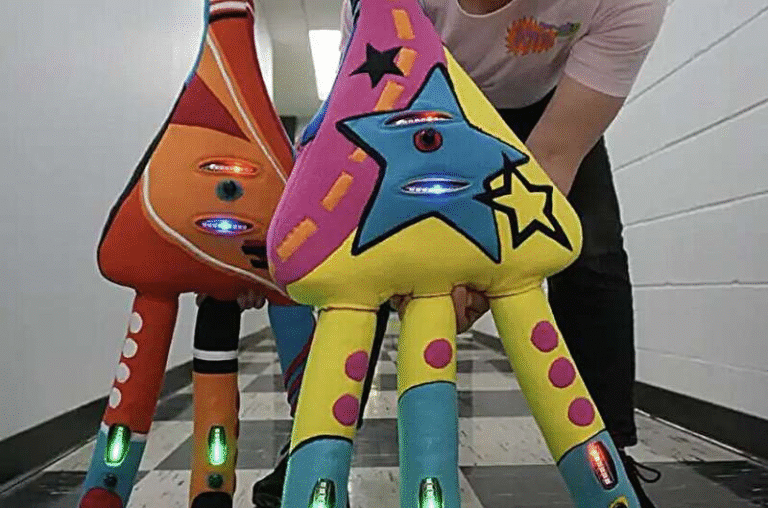Why So Many Patients Quit Medical Cannabis Within a Year

Medical cannabis has been gaining momentum as a treatment for chronic pain, but a new study suggests it might not hold up as a long-term solution for everyone. In fact, more than half of patients stop using it within a year, and older adults are the most likely to quit.
So what’s really happening here?
Let’s unpack the findings.
The Study at a Glance
Researchers from the Rothman Institute Foundation for Opioid Research & Education followed 78 patients in Pennsylvania who were certified to use medical cannabis for chronic musculoskeletal pain. Their goal was to see how many patients renewed their certification or continued treatment after one year.
The results were eye-opening:
- 57.9% of patients discontinued medical cannabis within 12 months.
- Almost half (44.7%) quit within just three months.
- The biggest predictor of whether someone would stop wasn’t pain type or baseline health — it was age.
On average, patients who discontinued were about 71.5 years old, compared to 64.5 years for those who stuck with treatment. That seven-year difference suggests that older patients are more likely to give up on cannabis therapy.

Pain Type? Not a Big Factor
One might expect that certain pain conditions would make cannabis more or less effective. Surprisingly, the study found that pain location — whether in the back, joints, or neck — didn’t make much difference.
This rules out the idea that cannabis “works for some pain but not others.” Instead, the decision to stop using cannabis seems to be influenced by other factors — things like:
- Dissatisfaction with pain relief
- Side effects patients didn’t want to live with
- The high cost of treatment
- Or even opting for other procedures, like injections or surgery
What the Researchers Are Saying
Dr. Asif M. Ilyas, one of the study’s co-authors, put it bluntly: despite all the buzz, medical cannabis doesn’t meet expectations for many chronic pain patients.
Lead author Dr. Mohammad Khak added that since neither pain type nor baseline health scores explained why people quit, we need to look at issues like perceived benefit, day-to-day functioning, affordability, and product consistency.
In other words, cannabis may help some patients, but for many others, it simply doesn’t deliver enough value to stick with it.
Why These Results Matter
This study raises a big question: can medical cannabis really be relied upon for long-term pain management?
While some patients do find relief, the fact that nearly six out of ten stop using it shows there’s a gap between expectations and reality. And because older adults were most likely to discontinue, physicians may need to be especially cautious when recommending cannabis for seniors.
It’s also worth noting the study’s limitations:
- It didn’t track dosage, product type, or delivery method (smoking, edibles, oils, etc.).
- It didn’t capture side effects or patients’ personal experiences with relief.
- The sample size was relatively small and came from one institution, meaning results may not reflect all patients nationwide.
Even with these caveats, the research highlights the need for larger, more detailed studies.
A Call for Realistic Expectations
As medical cannabis use expands across the United States, patients and doctors alike may need to approach it with a balanced mindset. That means:
- Recognizing it could help, but might not be a long-term solution.
- Being open to adjustments or combining cannabis with other treatments.
- Understanding that older patients may have a harder time sticking with therapy.
The bottom line?
Medical cannabis isn’t a silver bullet for chronic pain — at least not yet. But with more research, particularly on dosage, delivery methods, and patient satisfaction, we might get clearer answers on who benefits most and why.





